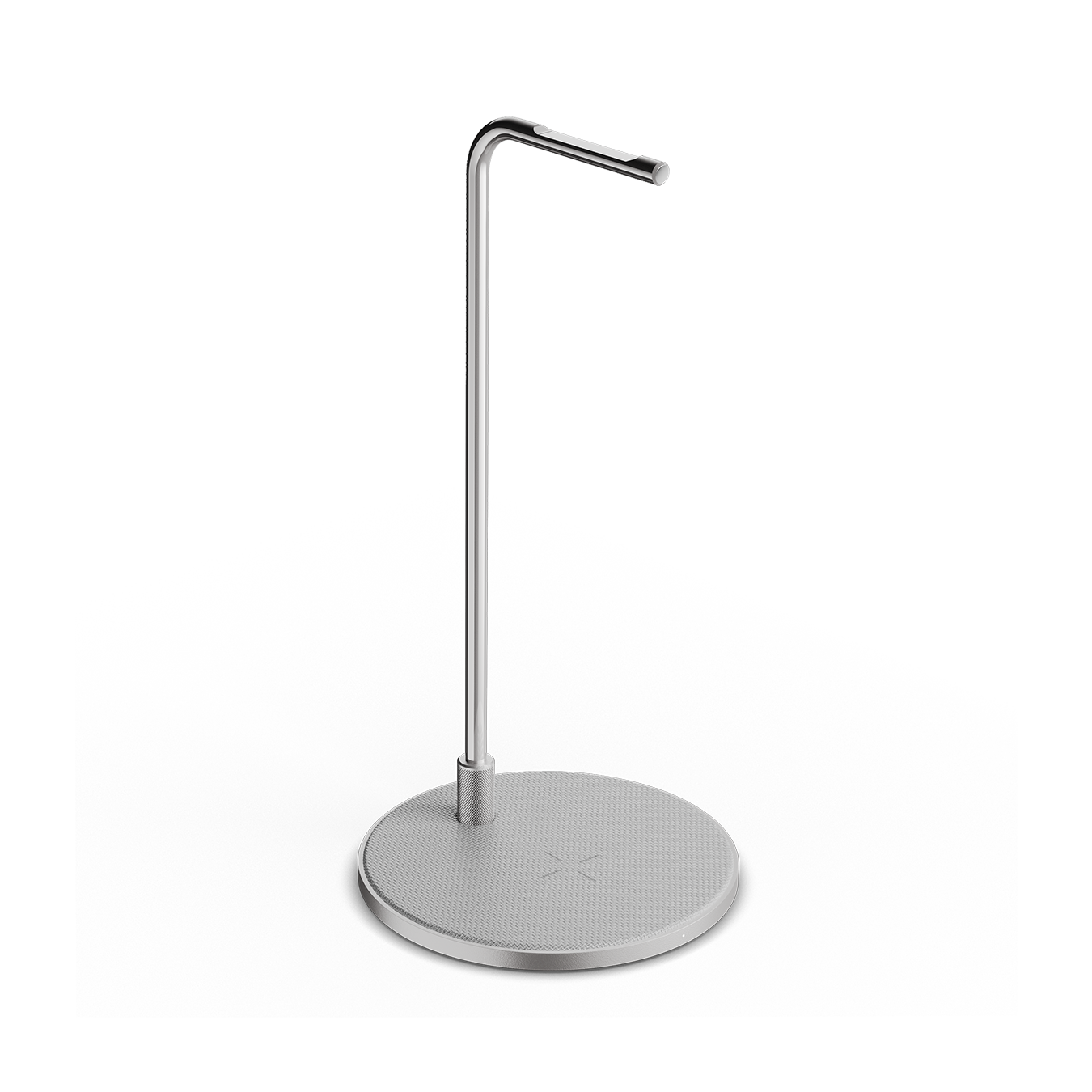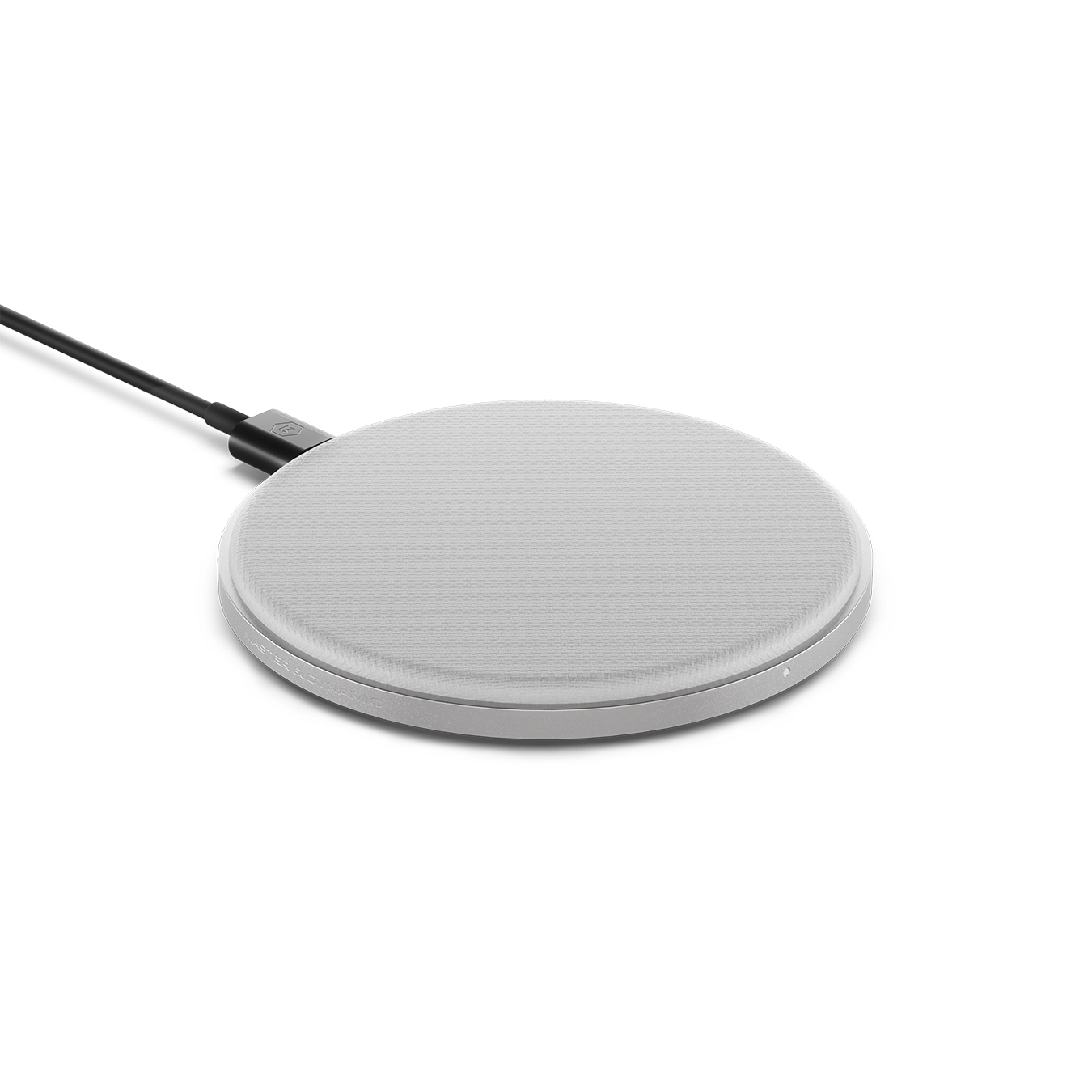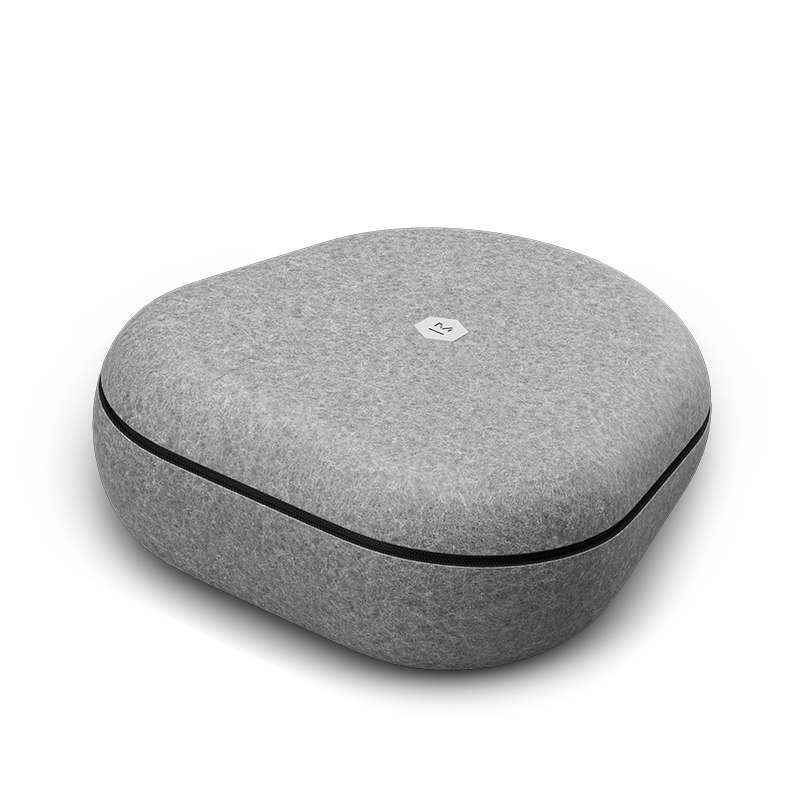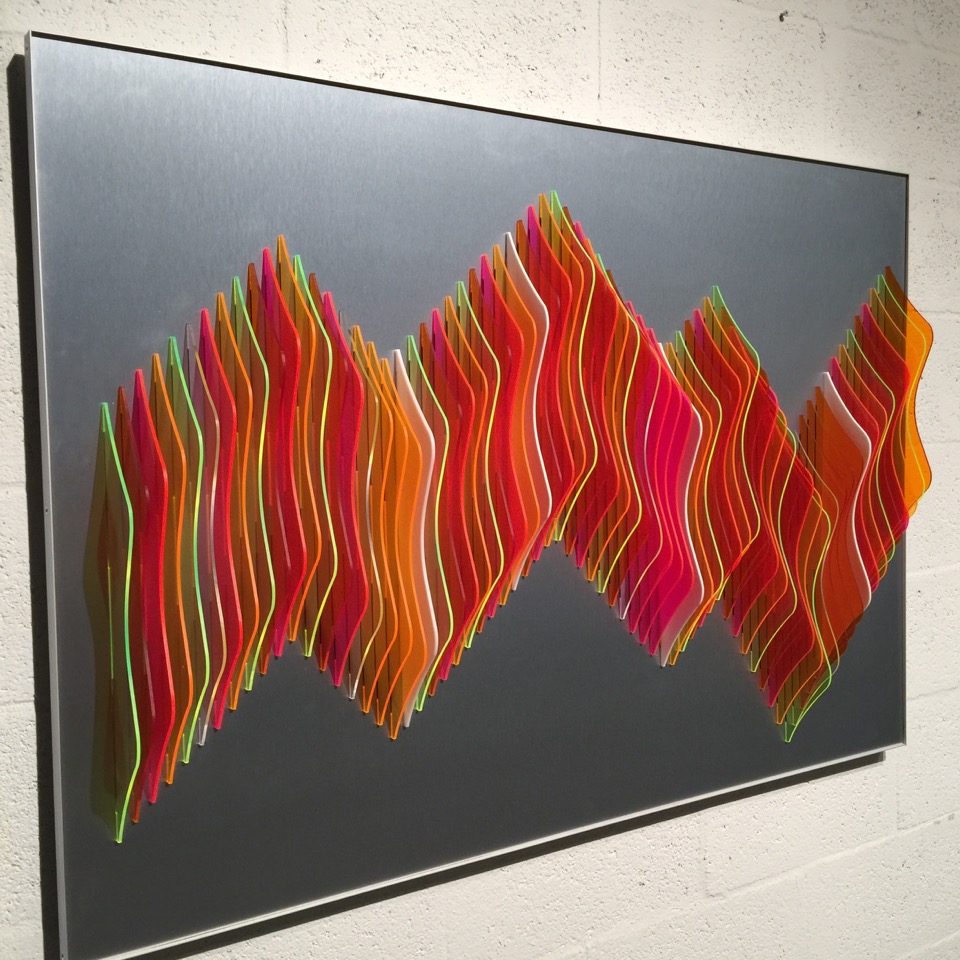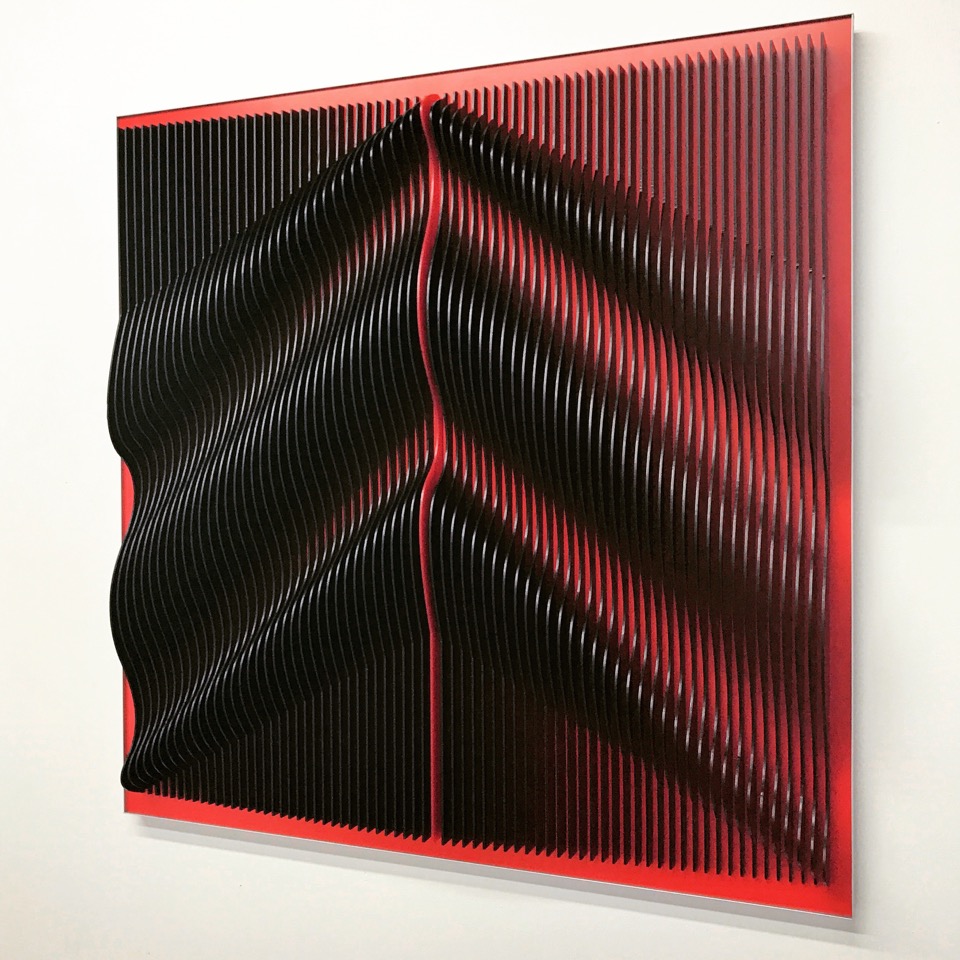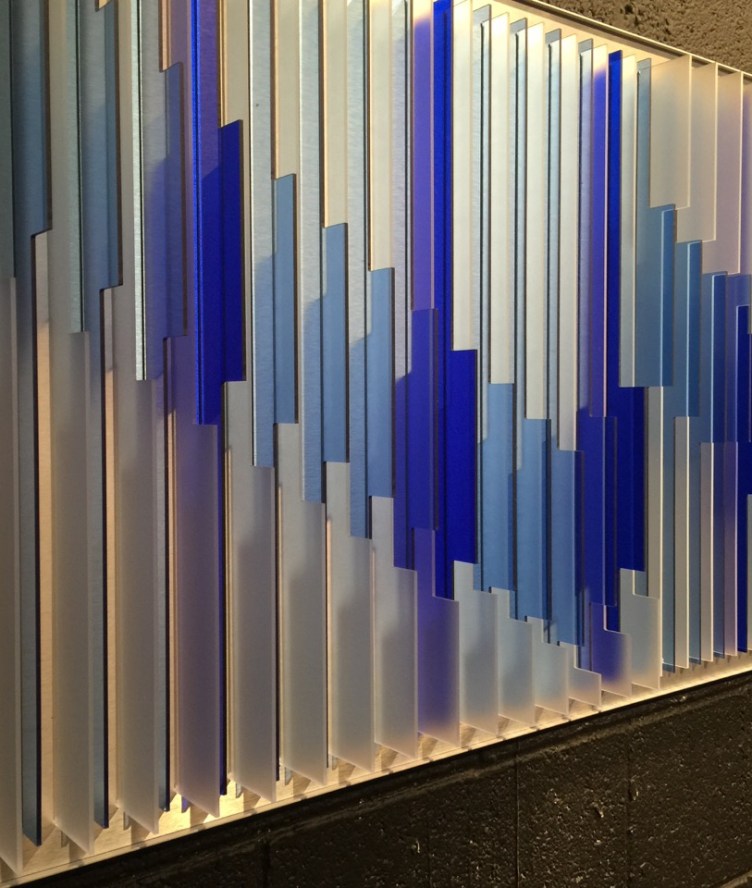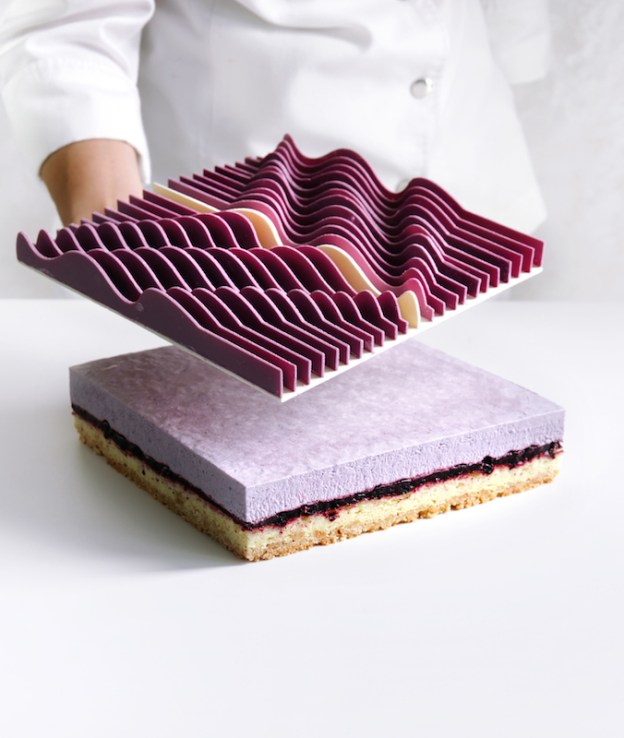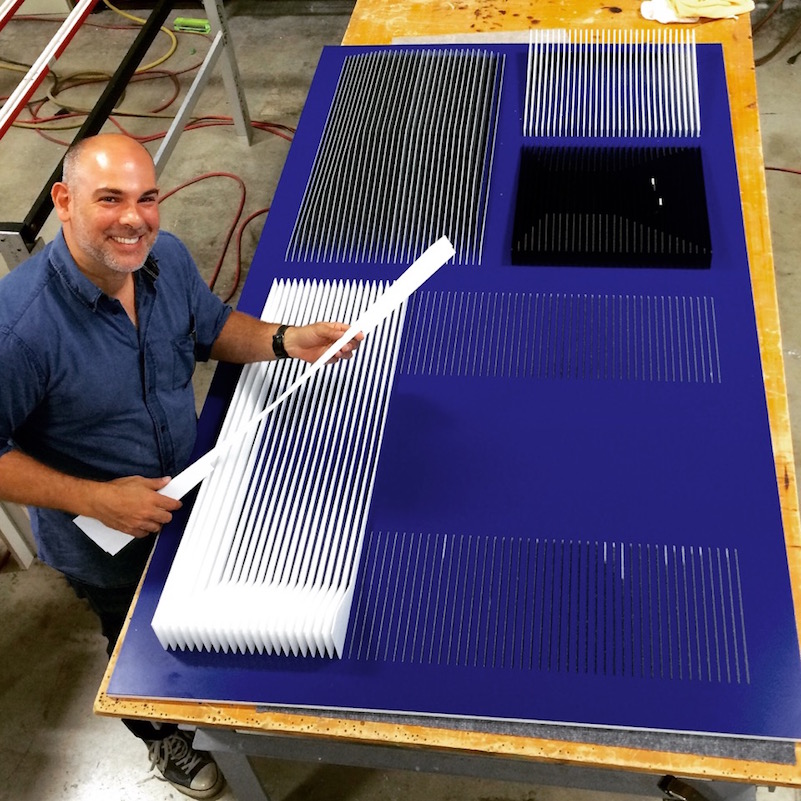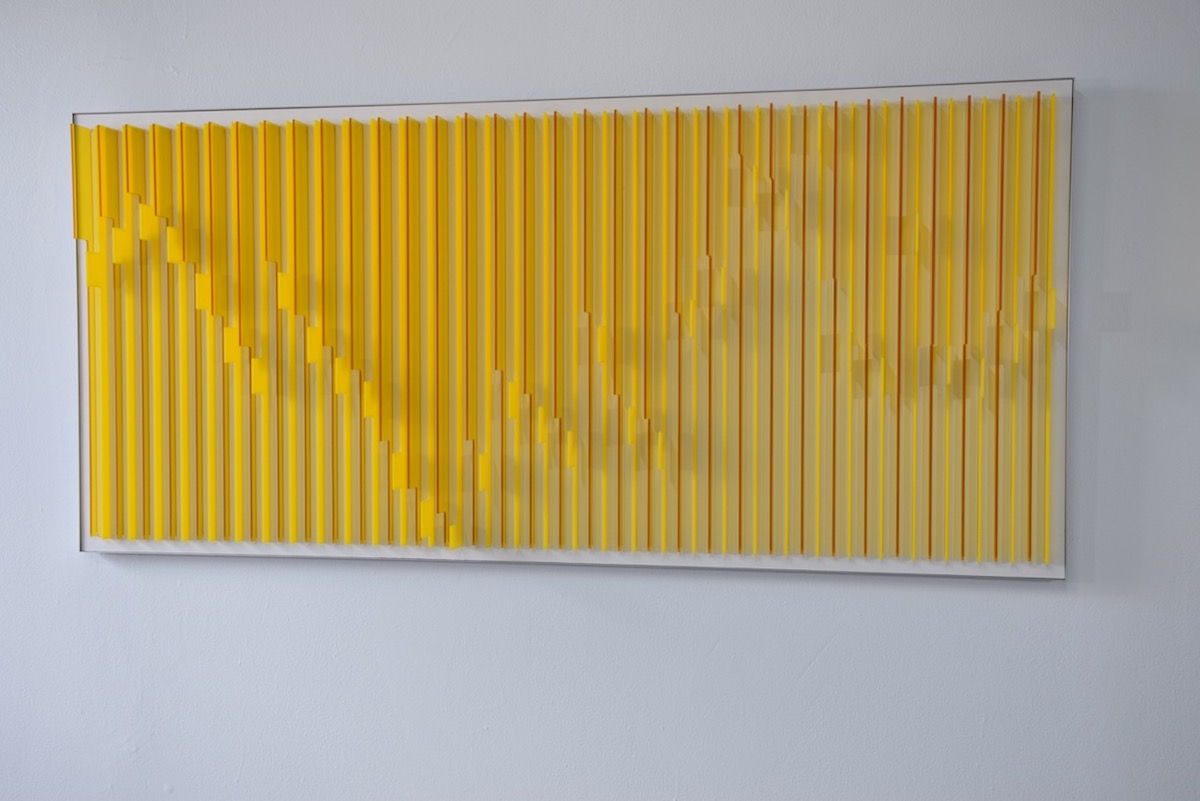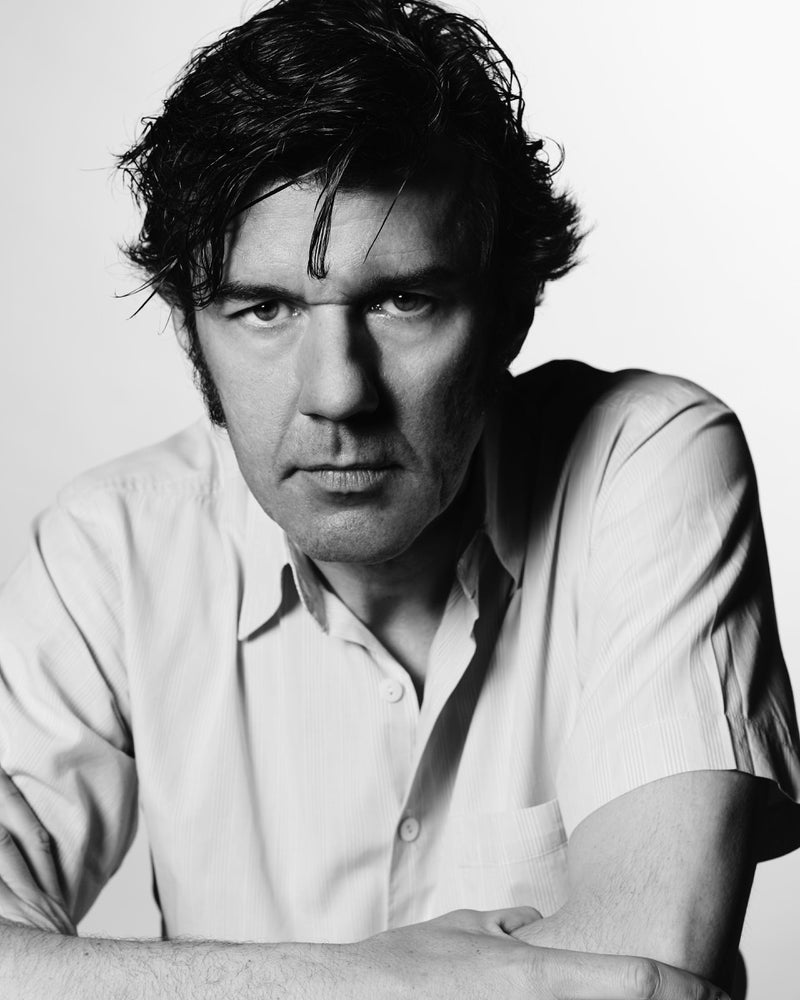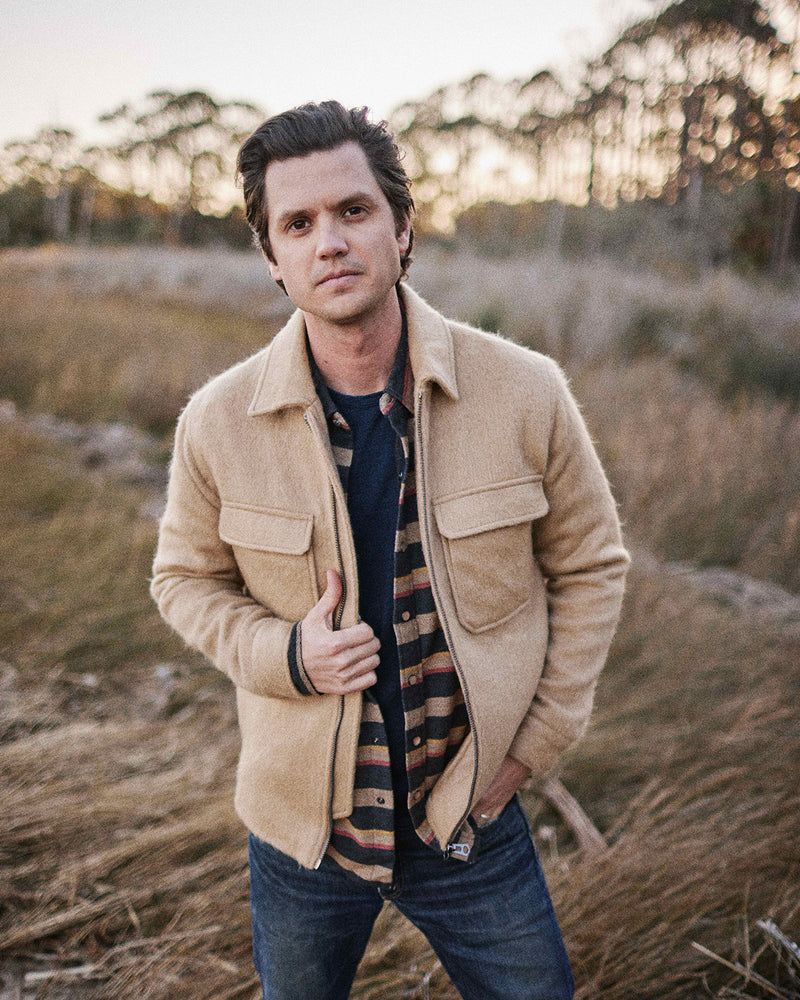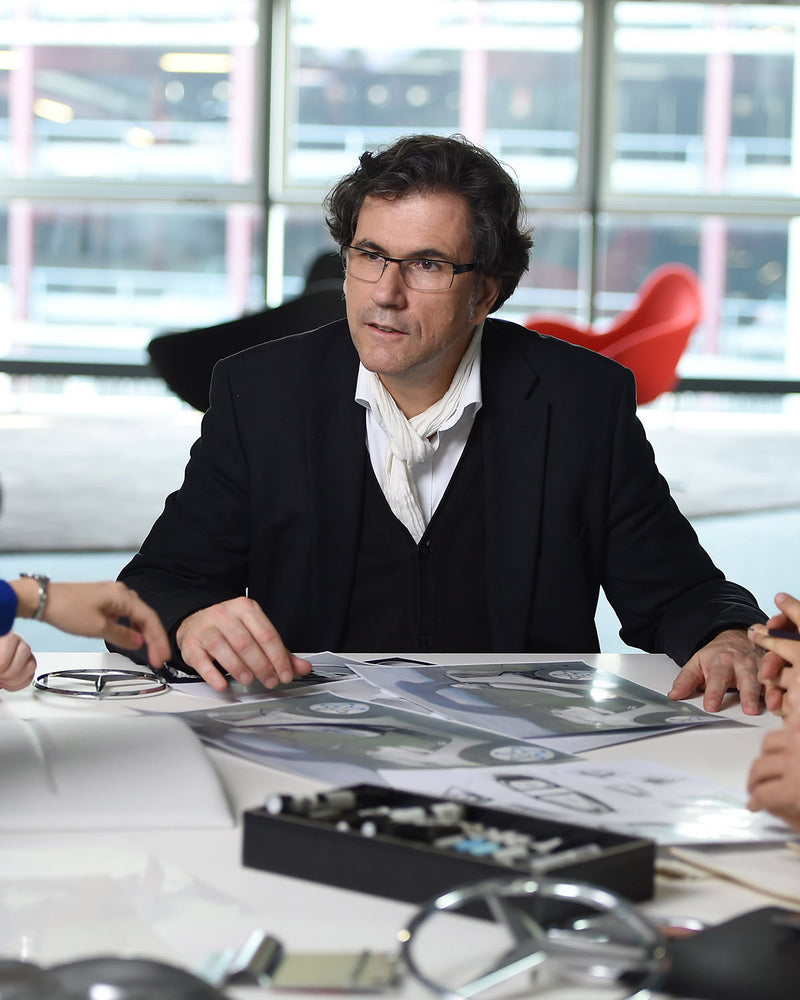The Venezuelan-born, Miami-based artist has worked with a variety of mediums throughout his career, from photography to digital printing to sculpture. Currently he creates mainly 3D pieces normally made of plastic and aluminum. “You could say I belong to the geometric abstraction movement,” Margulis tells us. “I digitally sculpt in a 3D space. Then I take these objects that I create digitally, and translate them into analogue forms by cutting them out of plastic or aluminum.
“It’s just about expanding what’s out there, [using] different forms and mediums beyond the traditional arts. I love painting and I love traditional sculpture, but I think art can be anything.”
It was this attitude that led Margulis to one of his more noticeable collaborative works: edible art.
When we ask if Margulis has any advice for young artists, he nods vigorously. “The most important thing is: if you don’t have the talent of the traditional arts, that shouldn’t get in your way. If you don’t know how to draw, or paint, or sculpt in a traditional manner—that should never stop you from making art. We’re living in the 21st century, but the art world is still dominated by this 19th century mindset, in which you need to be a very proficient craftsman or painter to be an artist. But you can create art from so many things. It’s just a matter of expression. And by experimenting, you start to find your voice.”
And communication is incredibly important to Margulis. “My main concern as a human being—not just as an artist, but using art as a vehicle—is the concept of empathy: the idea that you can look at things from different perspectives and somehow wear somebody else’s shoes. I see [this] as the next step in human evolution.”
As for Margulis’s next steps as an artist, he tells us how he wants to further explore the connection between art and music. “I’m very much attracted to abstraction in music. I think electronic music is the best example, with its jazz roots.” The artist typically has music on when he creates, mainly jazz and house music, but also classical. “I can design listening to Vivaldi all day,” he says with a laugh. “It just goes together.” He pauses. “It’s really hard to put what I mean into words, even though I know I’m quite articulate. But art goes beyond words, just as music [does]. Whenever you try and put it into words, the best you can expect is just a really lousy sketch of what you really mean.”
“This is a wonderful story because it showcases the power of social media at its best,” the artist tells us. “I found out about this amazing chef in the Ukraine, [Dinara Kasko]. I’m in Miami, Florida. I’ve never been to the Ukraine. I found her on Instagram and I loved her work. She’s an architect turned baker, and all of her designs and all of her bakery work is very geometric. And I saw an opportunity.”
Margulis sent Kasko an Instagram message. “I said, ‘I love your work; please visit my feed and look at my work, because I think we have a lot in common and maybe we could try and do something together sometime.’ And she replied right back, same day, and said, ‘I love what you do, we should get it going right now, let’s start planning.’”
Margulis sent Kasko the same kind of digital blueprints he uses to create the precise shapes he needs for his own sculptures. But instead of cutting the designs out of plastic or aluminum, Kasko used her own creations: very thin sheets of chocolate.
“She turned them into amazing chocolate cakes, which were showcased by many media outlets,” says Margulis. “It was a great success; no economic value, I’m not making any money in that regard, but the experience was so successful, so satisfying.”
Margulis doesn’t restrict his collaborations to pastry chefs; currently he’s working with street artists, which you can find evidence of on his Instagram feed. “[Social media] is the most powerful communication medium there is right now,” he enthuses. “It’s a combination of visuals and short expression. If you can learn to synthesize between an image and a couple of lines of written word, if you can develop those skills and actually craft them, you become a master of modern communication.”







